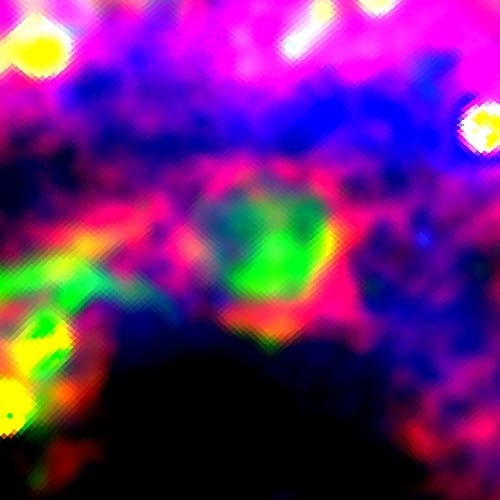
By Matin Durrani
Happy new year and welcome back to Physics World after the Christmas break.
It’s always great to get a new year off to good start, so why not tuck into the first issue of Physics World magazine of 2016, which is now out online and through the Physics World app.
Our cover feature this month lets you find out all about the Planck mission’s new map of the cosmic microwave background. Written by members of the Planck collaboration, the feature explains how it provides information on not just the intensity of the radiation, but also by how much – and in which direction – it’s polarized.
Elsewhere in the issue, we look at how a better understanding of “quantum thermodynamics” – where quantum physics meets thermodynamics – could kickstart a new industrial revolution. Meanwhile, find out how studying the bubbles in the glazes on antique Chinese porcelain could help to spot a fake. Finally, there’s a brilliant Lateral Thoughts this month, in which Francesca Day from the University of Oxford explains how she spends her days writing “fan fiction for the universe”.
If you’re a member of the Institute of Physics (IOP), you can now enjoy immediate access to the new issue with the digital edition of the magazine on your desktop or on any iOS or Android smartphone or tablet via the Physics World app, available from the App Store and Google Play. If you’re not yet in the IOP, you can join as an IOPimember for just £15, €20 or $25 a year to get full access to Physics World both online and through the apps.
For the record, here’s a run-down of what else is in the issue.
• New CERN boss outlines vision – Fabiola Gianotti speaks to Michael Banks as she takes over this month as director-general of the CERN particle-physics lab as it hunts for
physics beyond the Standard Model
• A timely affair – An encounter between Henri Bergson and Albert Einstein
reveals much about the conflict between the humanities and the sciences, says Robert P Crease
• A shining light for African science – Sekazi Mtingwa calls for physicists to get behind African plans to build the continent’s first ever light source
• The rise of the quantum machines – Technological devices are getting ever smaller, but as they approach the scale at which quantum physics matters, our understanding of how they interact with their environment evaporates. James Millen and André Xuereb explain how a better understanding of quantum thermodynamics could kick-start a new industrial revolution on the tiniest scale
• Loops and arcs in the radio sky – Michael Peel, Matias Vidal, Clive Dickinson and Paddy Leahy from the Planck Collaboration explain the discoveries underlying the stunning new map from the Planck satellite
• Bubble signatures revealed in antique artefacts – Antique Chinese porcelain can fetch thousands of dollars on the art market. Stephen C Wallace and Geraldine Kenney-Wallace explain how their physics-based technique could help collectors and connoisseurs to tell a real antique object from a fake
• Burned from the inside out – Brian Drummond reviews Nagasaki: Life
After Nuclear War by Susan Southard
• The pioneers of weather forecasting – Susan Ballard reviews The Weather
Experiment: the Pioneers who Sought to See the Future by Peter Moore
• Visualizing the cosmos – Margaret Harris reviews Cosmos: the Infographic Book of Space by Stuart Lowe and Chris North
• Lessons in becoming a scientist – Iris Dillmann describes her journey through a profession that requires people to be both “flexible like a rubber band” and also “hard as steel”
• Once a physicist – Alok Sharma is the member of parliament for the Reading West constituency in Berkshire, UK
• Writing fan fiction for the universe – Francesca Day from the University of Oxford on what it means to be a theoretical physicist



